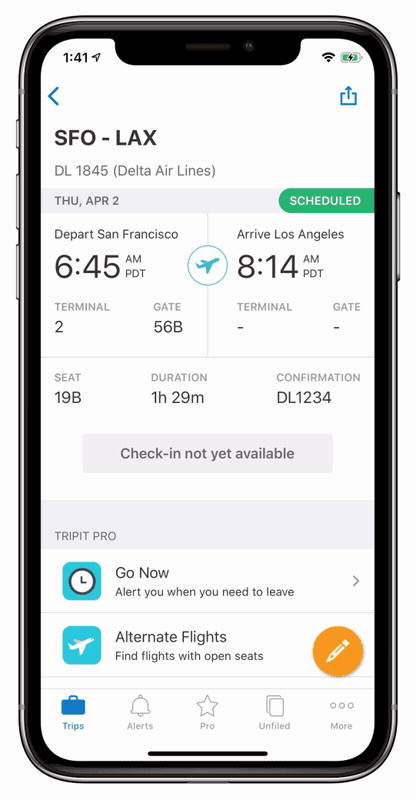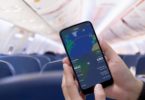TripIt takes another step in being your all-in-one travel app and this latest feature is great for any traveler that is curious about their carbon emissions for flights. Plus, they go another step to give you some tips on how to offset it, should you want to do that.
TripIt Shows Your Carbon Footprint
Link: TripIt
More people are concerned now than ever before about the carbon effect of their flights. While some have taken that concern to new levels and have eschewed air travel for other means, many others have just taken a more curious look at what their flight travel may actually accrue in carbon. No matter which camp you are in, TripIt can now show you that info right in the app – whether you are using iOS or Android.

You can also access your carbon numbers in your travel stats to see what it looks like for a year of travel. TripIt will also show you some practical ways you could offset that various amounts your kind of travel accrues.

“Our goal is to help you better understand the environmental impact of all of your flights,” said Jen Moyse, director of product for TripIt from SAP Concur. “That’s why we made it easy for you to see, track, and offset your carbon footprint.”
For anyone that wants to track this information, TripIt is now one more reason to have it as your main travel app. From showing you safe areas for your travels to notifying you of seat openings, savings on tickets, and even how to go from one gate to another, TripIt combines everything travelers care about in one easy app (with some of these features requiring a subscription for TripIt Pro – this link will save you 20% your first year).









This is somewhat off topic, but the whole idea of difference in carbon footprint while flying economy vs. first class is rather dubious in my opinion. Yes, if we “scale” the carbon emission by the area/volume we technically “occupy,” and it sort of makes sense, but only on paper. Just choosing to fly economy vs. first/ business does not reduce the total emission of a flight, and I highly doubt that “not flying first/businness” will have an immediate effect on the configuration of a large, long-distance flight. This pseudo-logic totally falls apart when, as in the case with many flights, when they fly with first/business seats partially or wholly unoccupied. And what does it mean when you get upgraded to first/business seats?